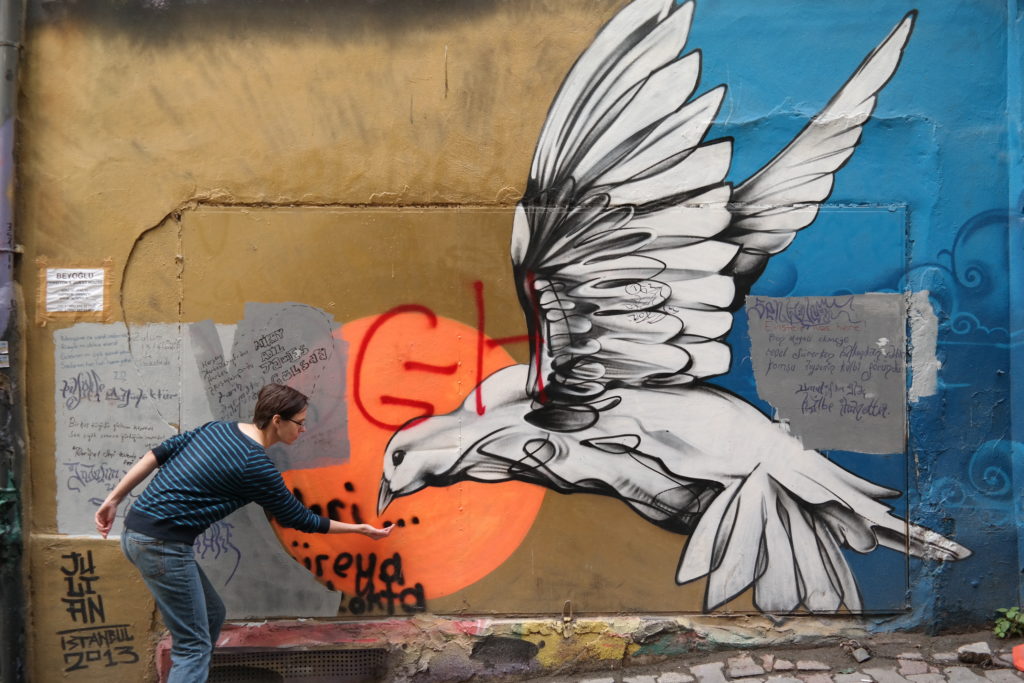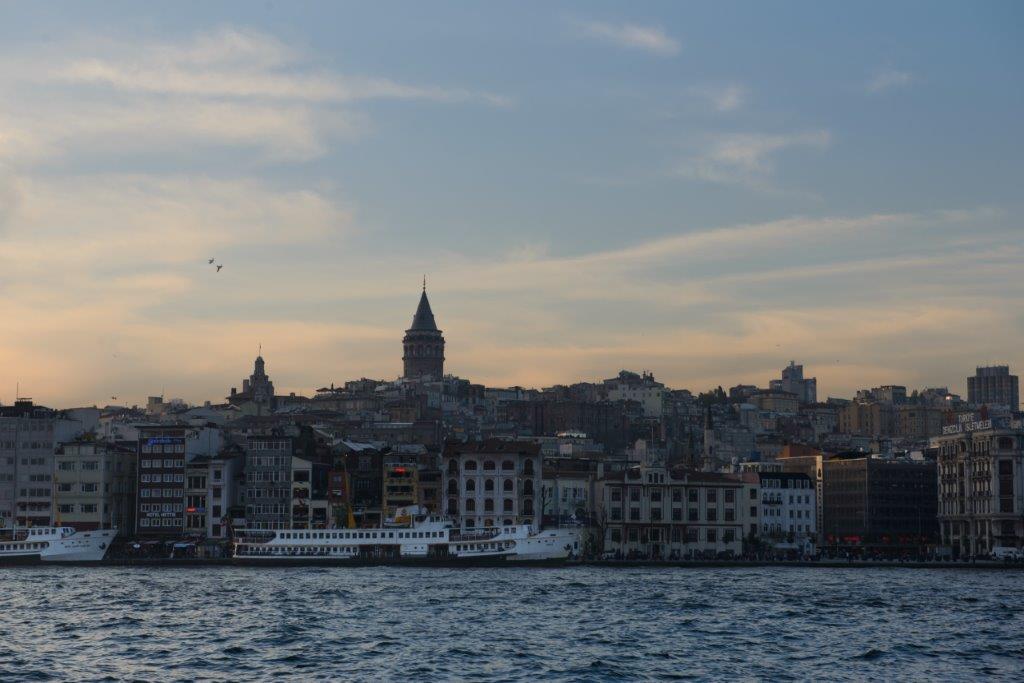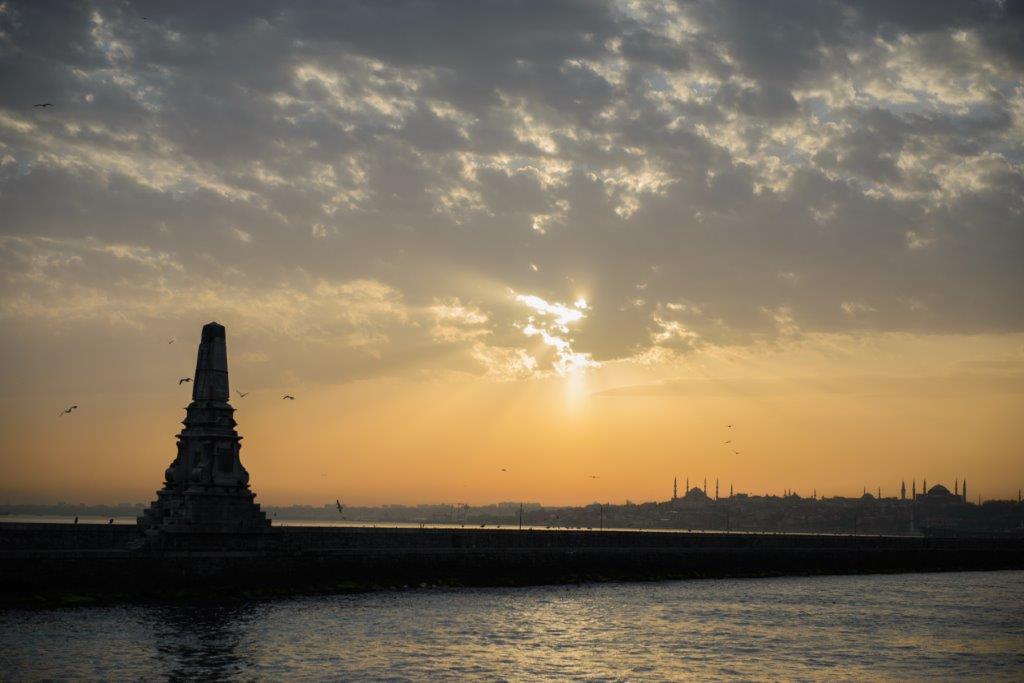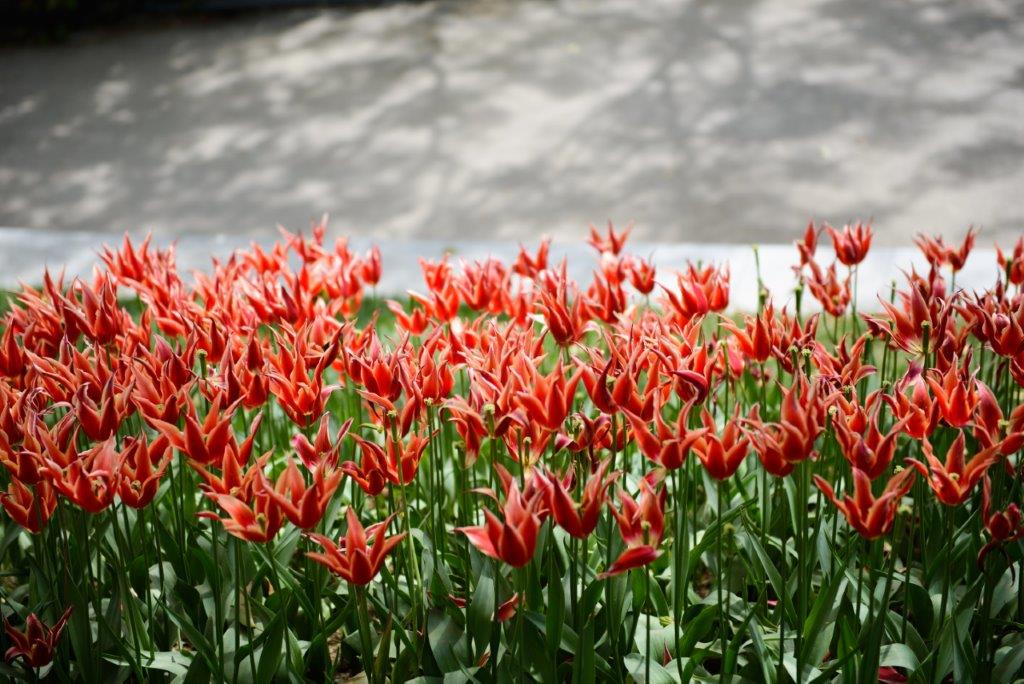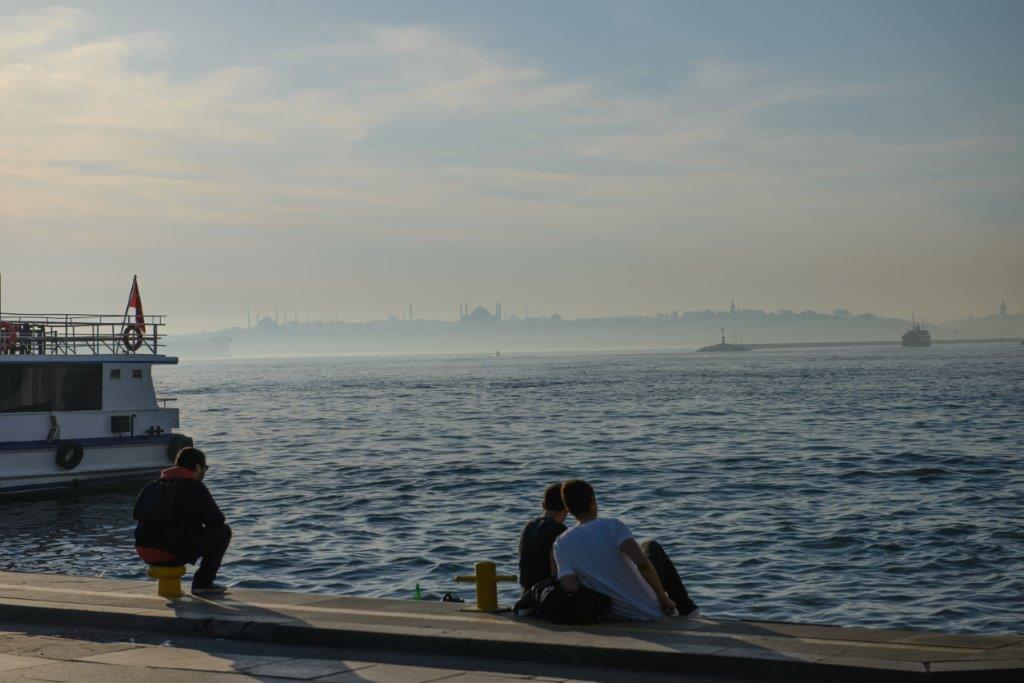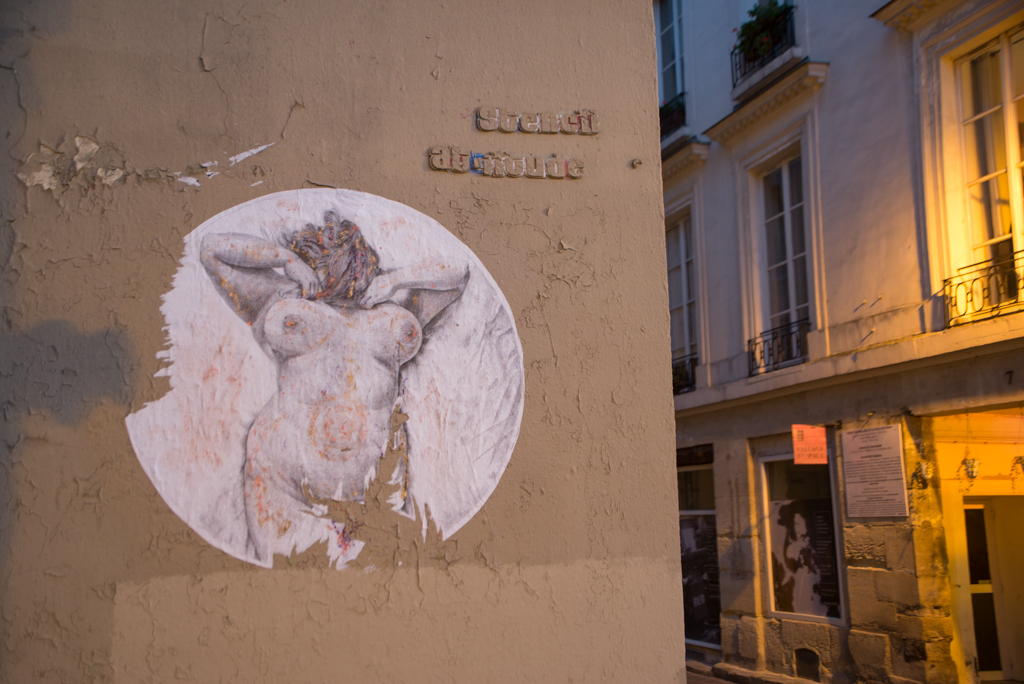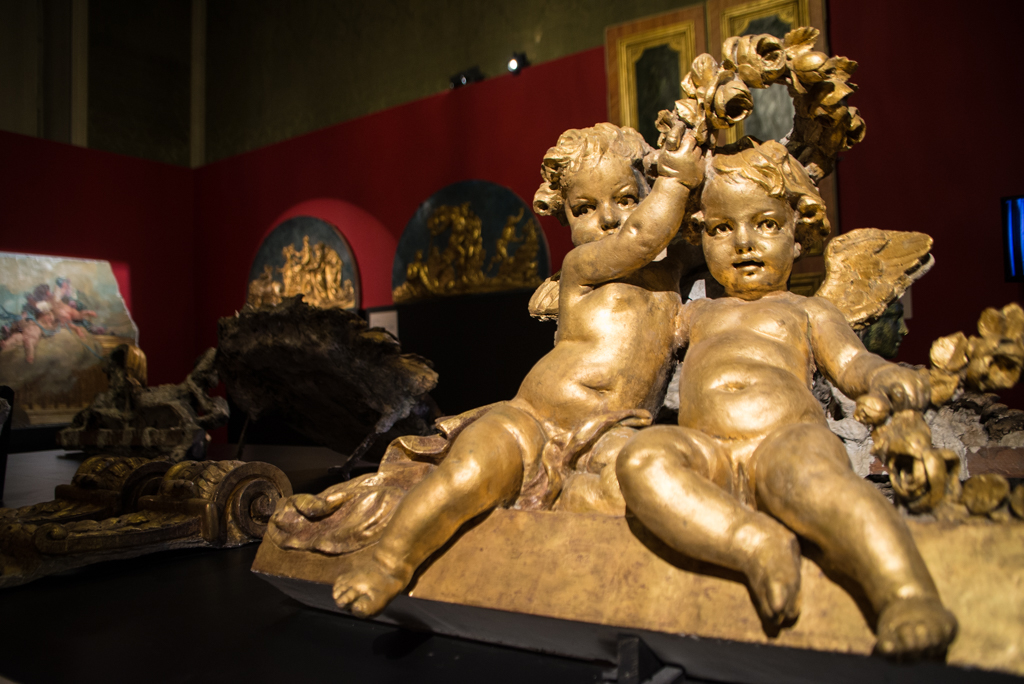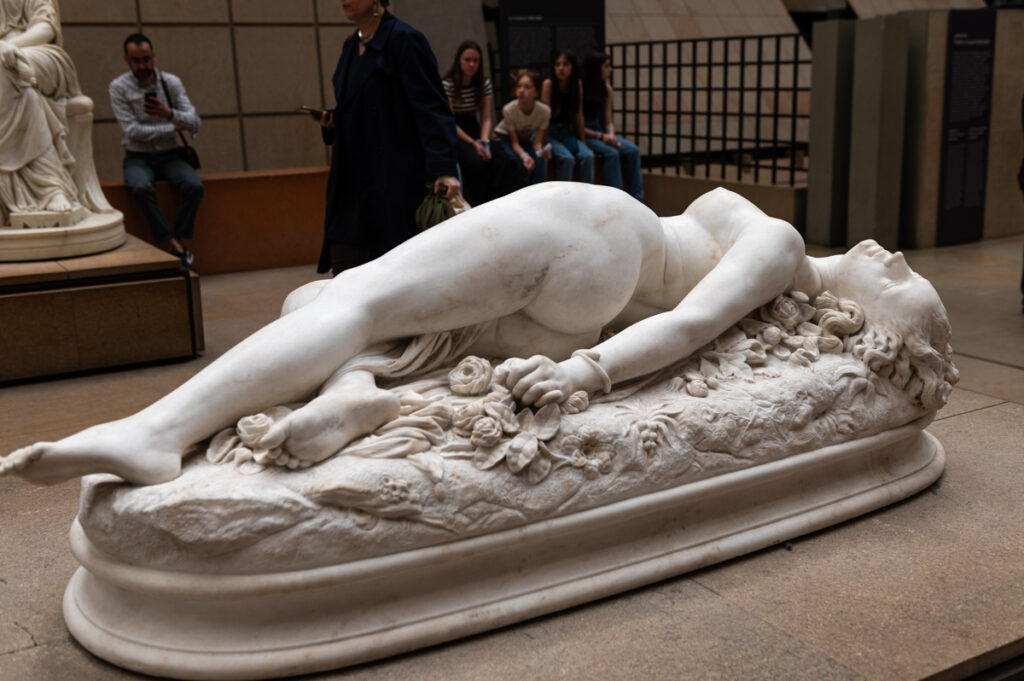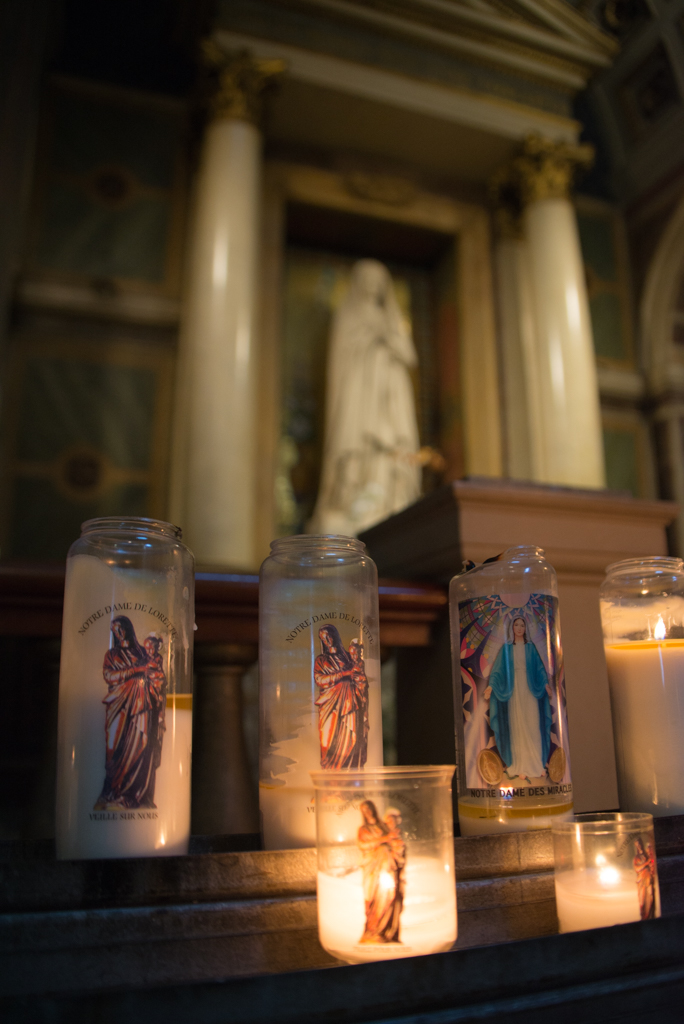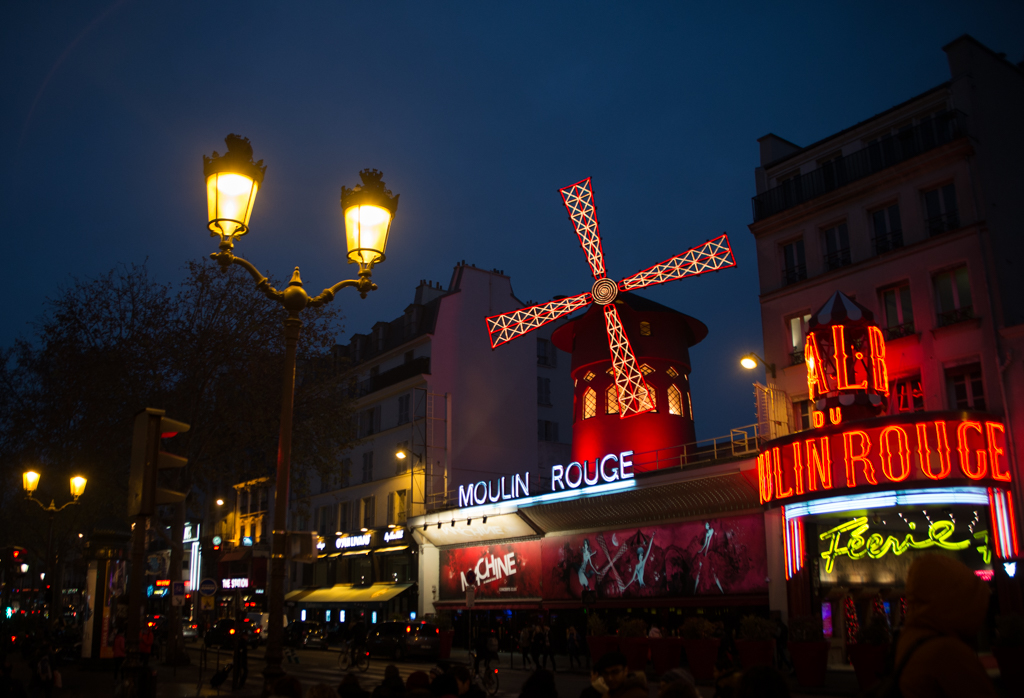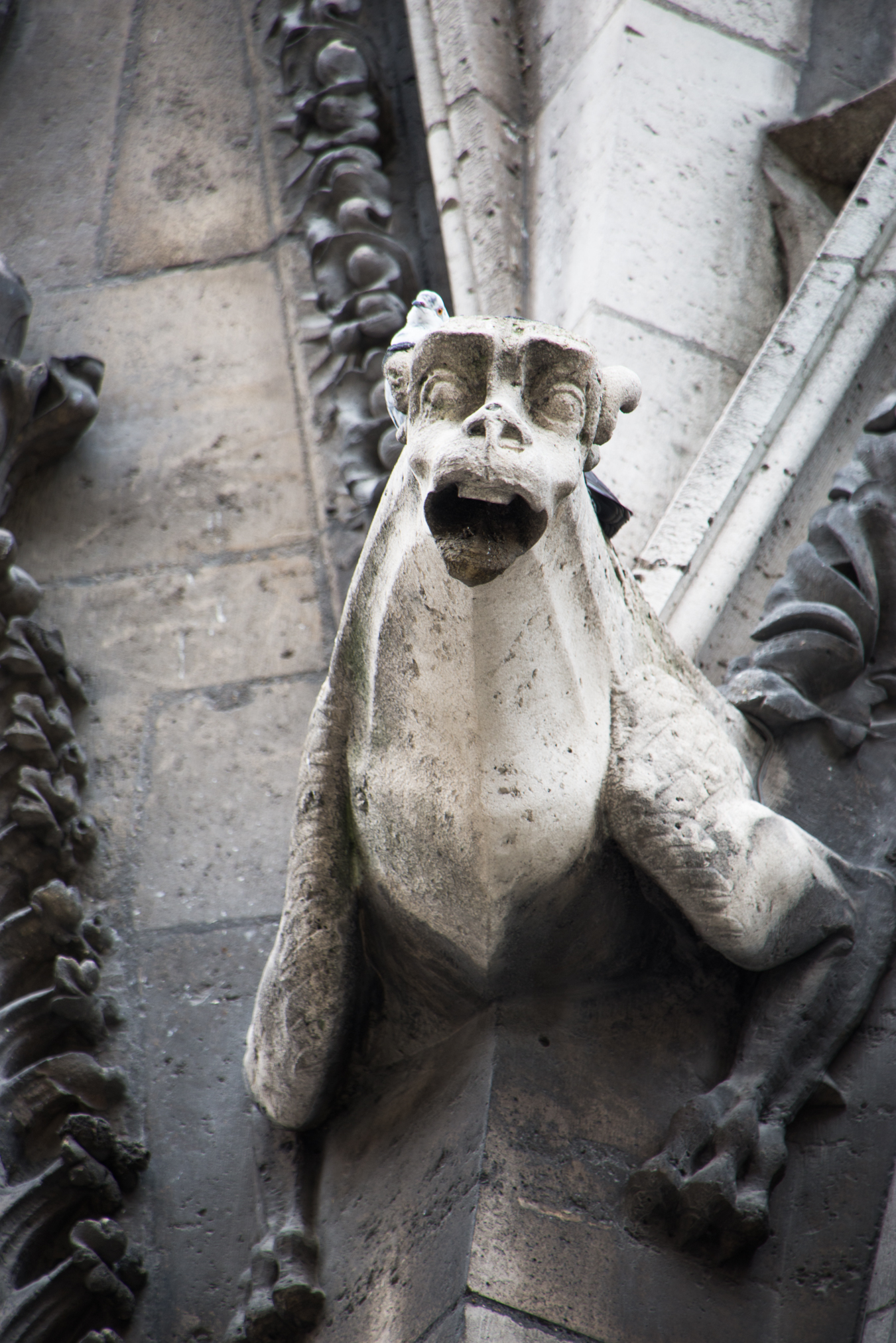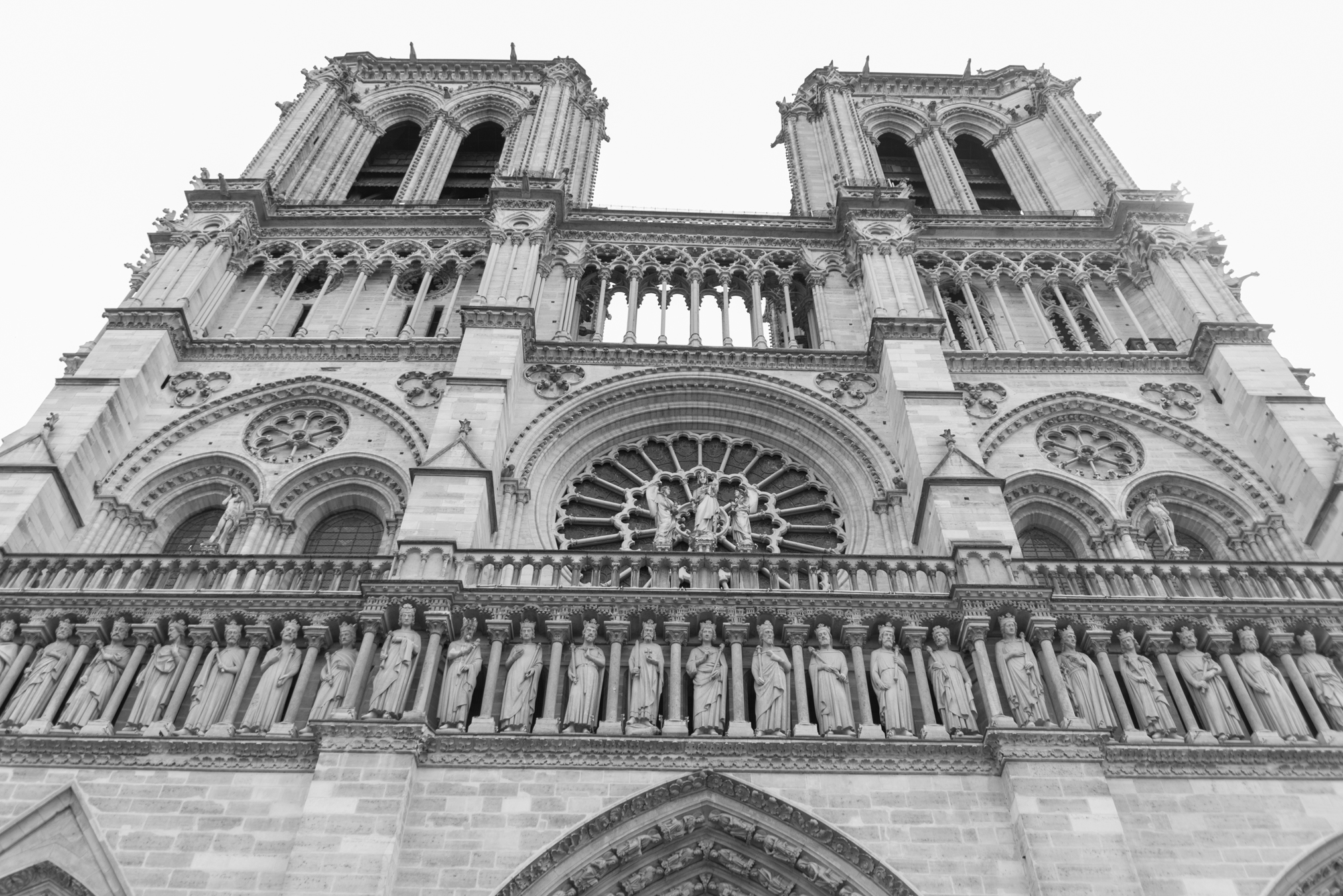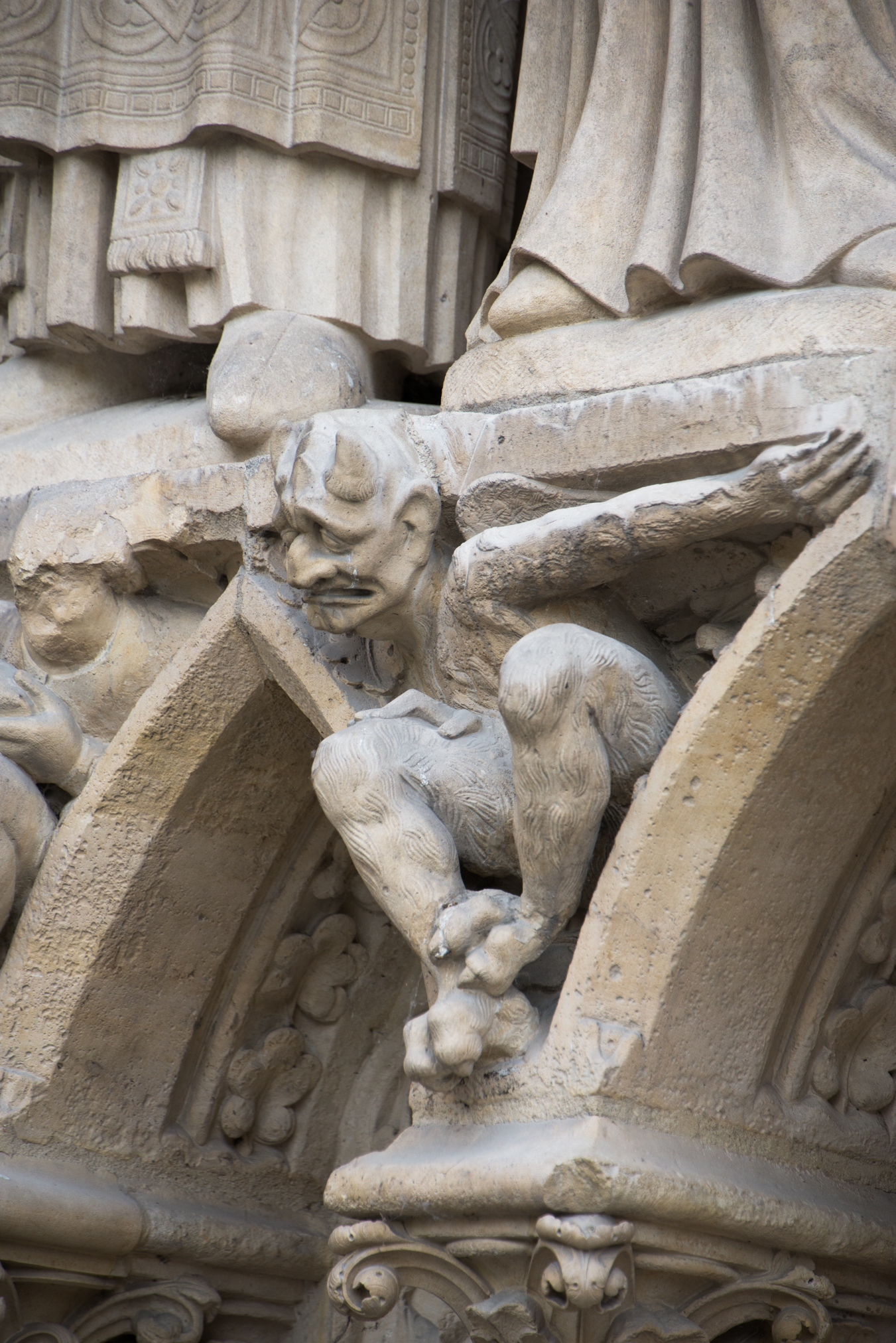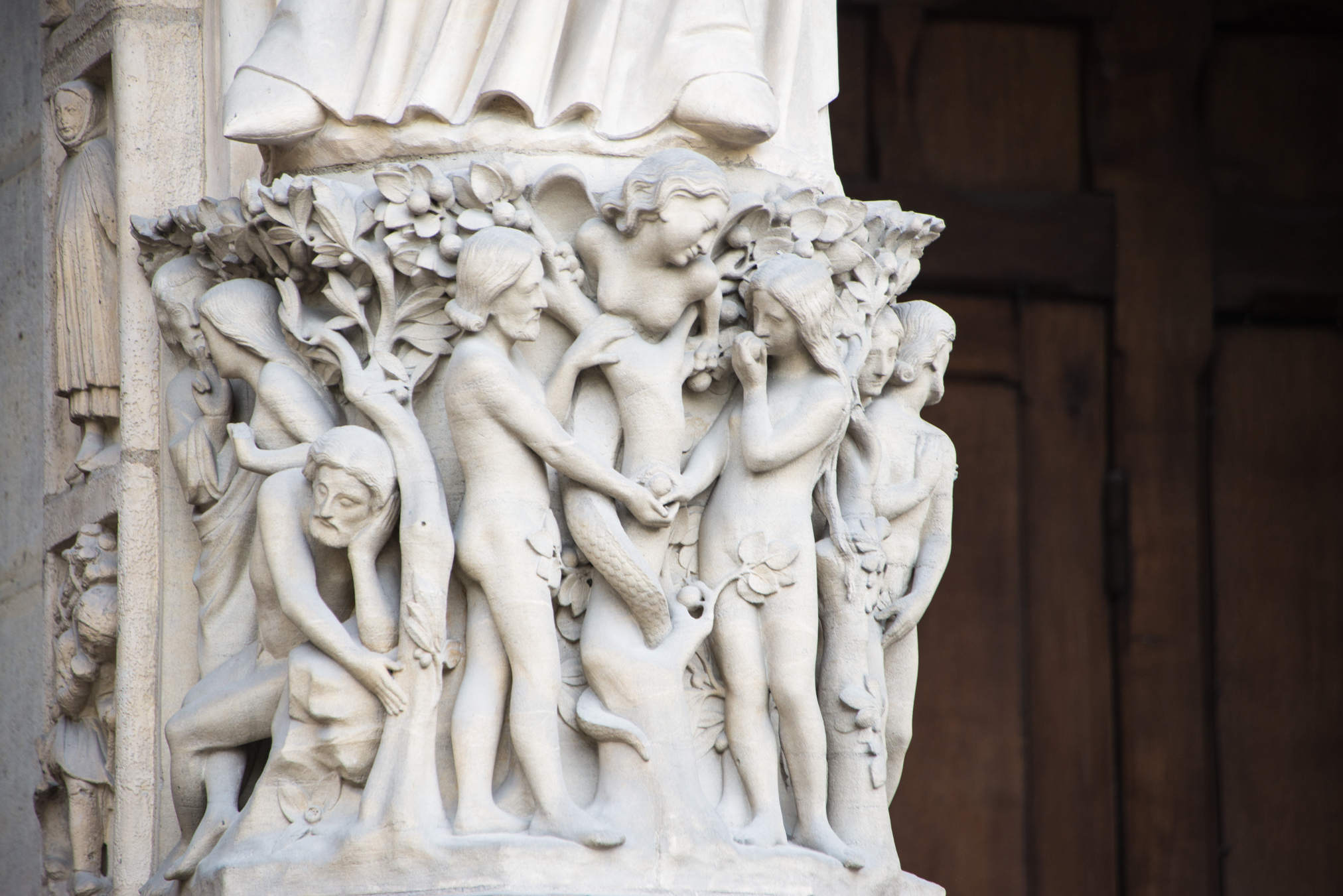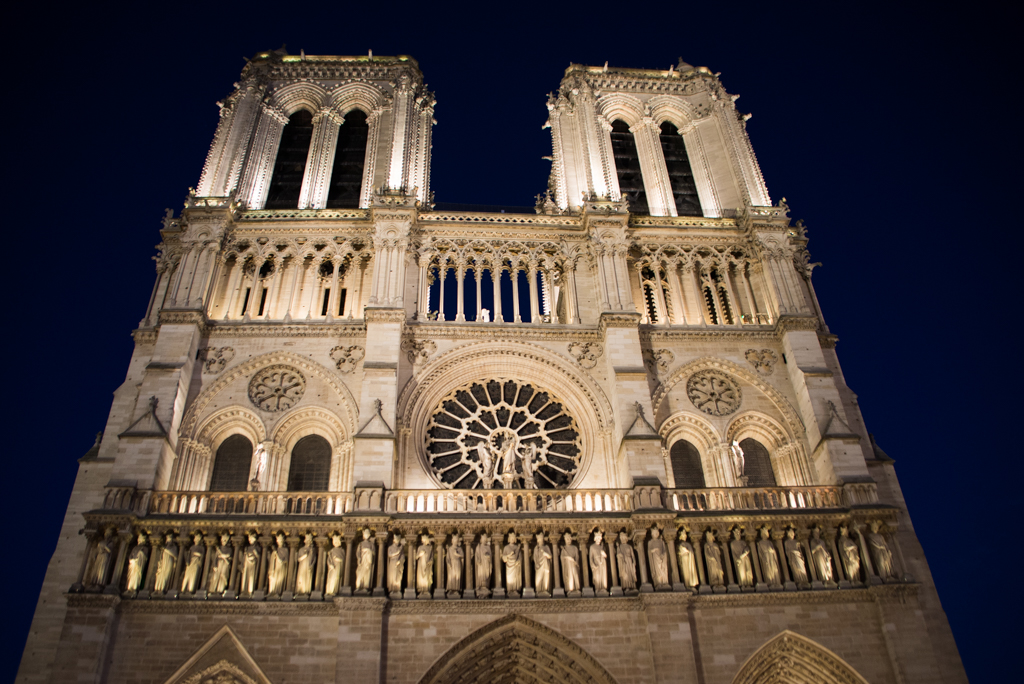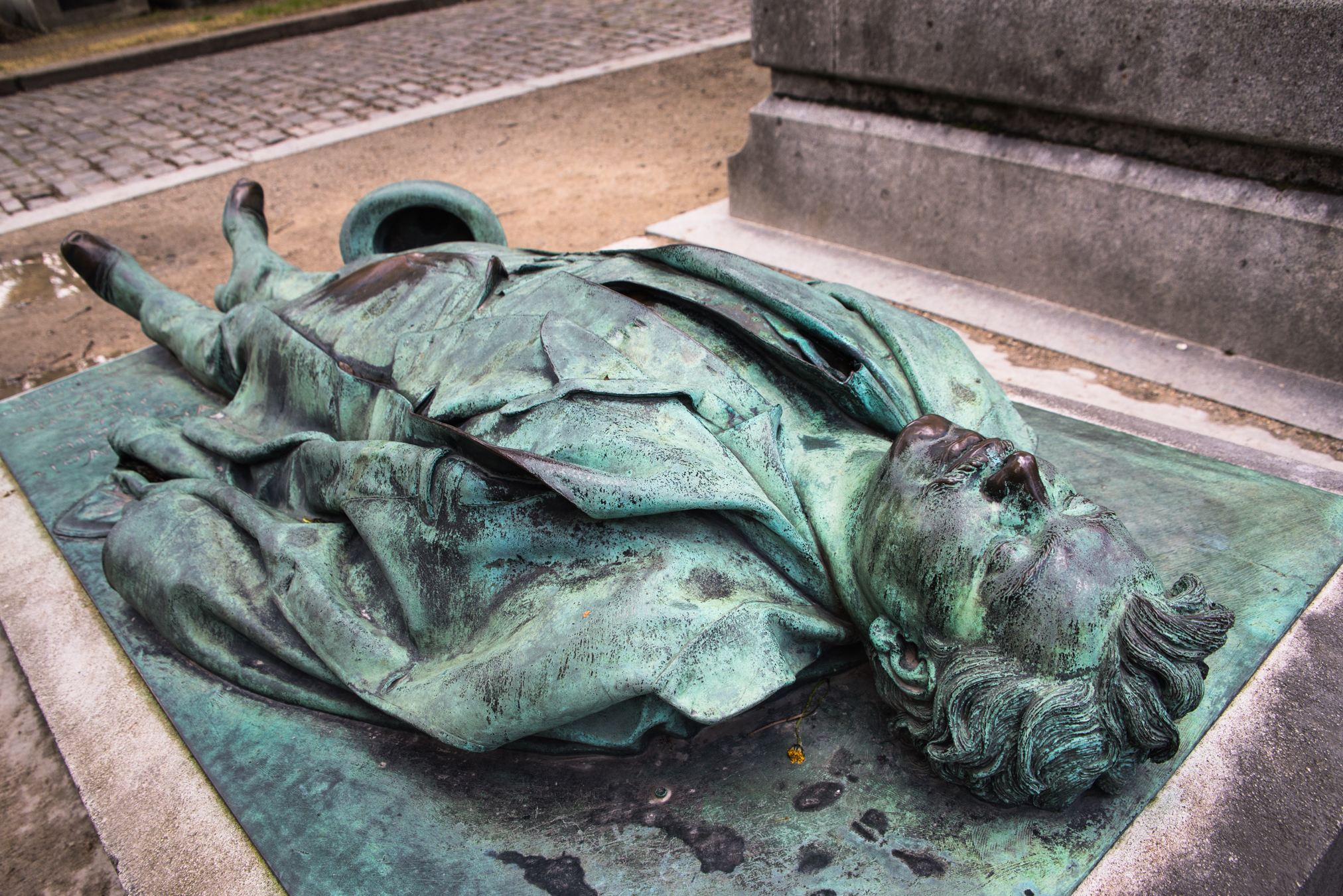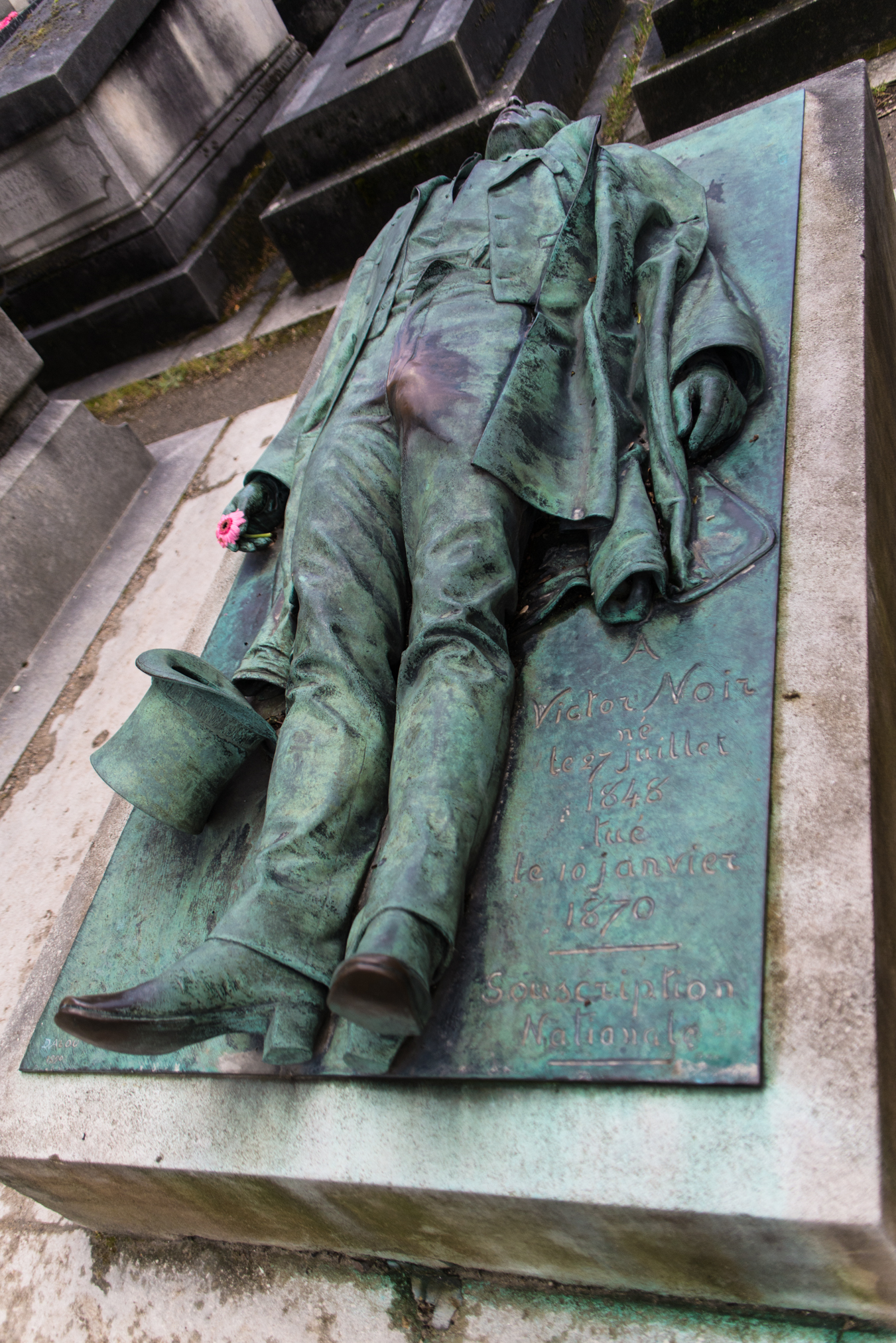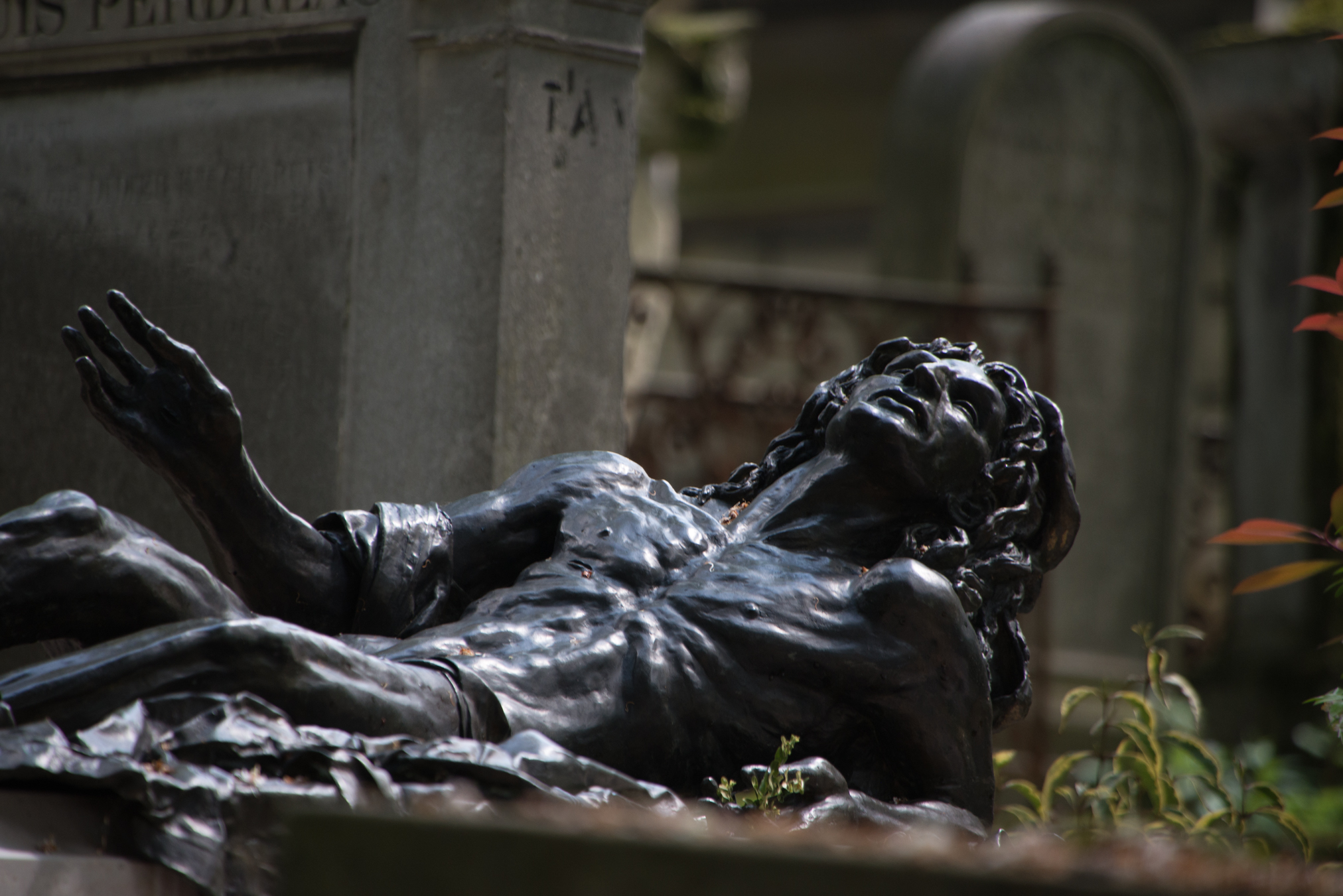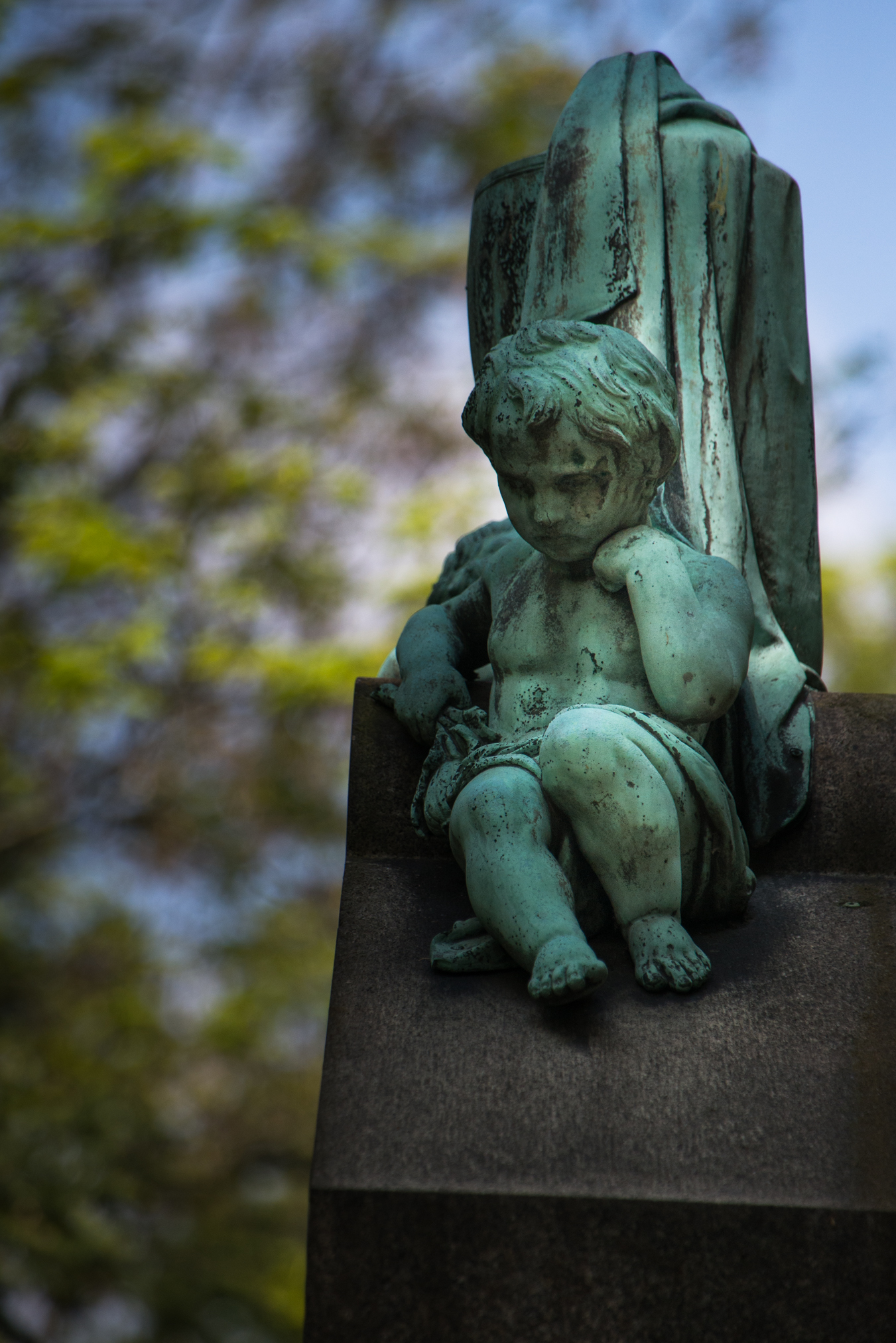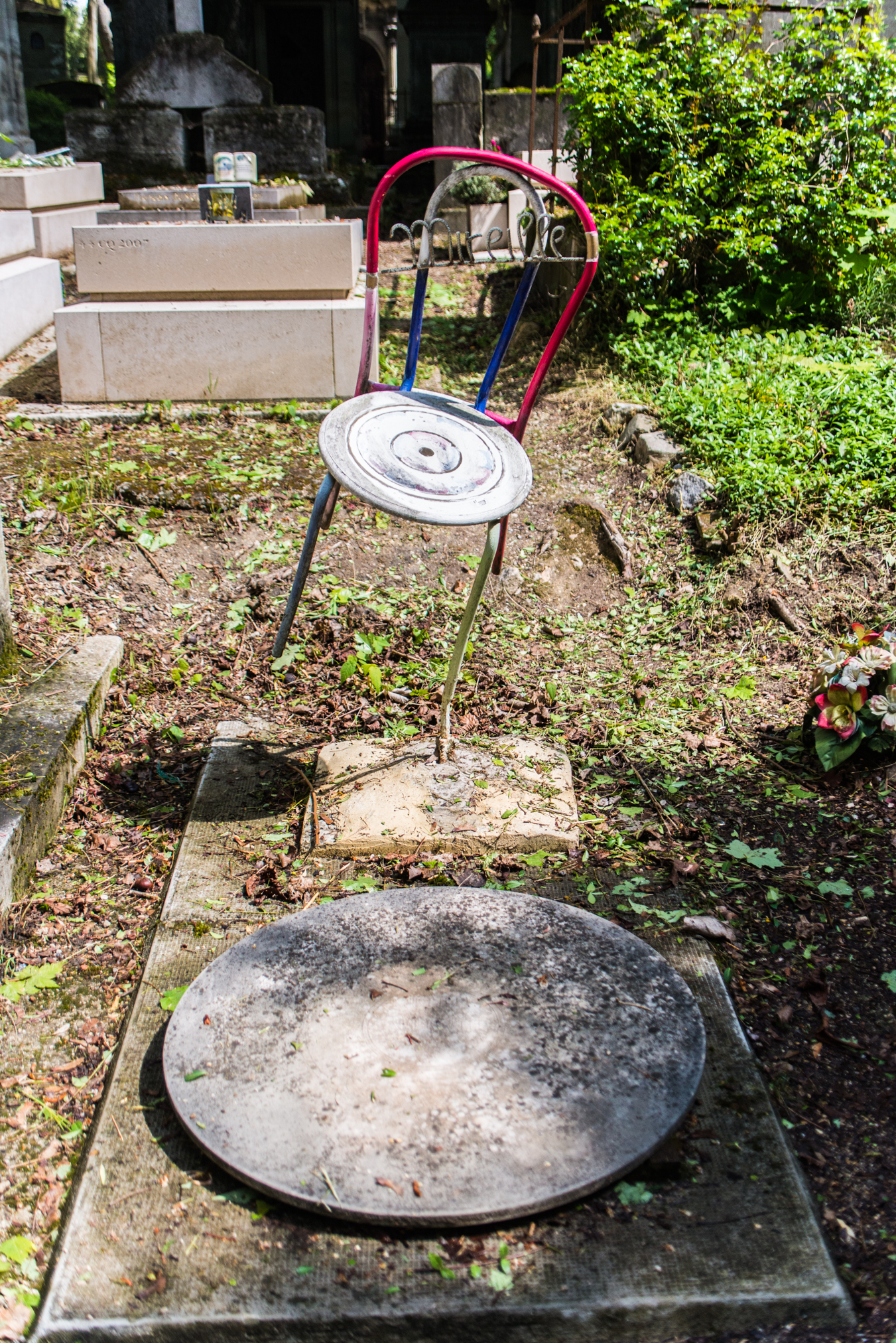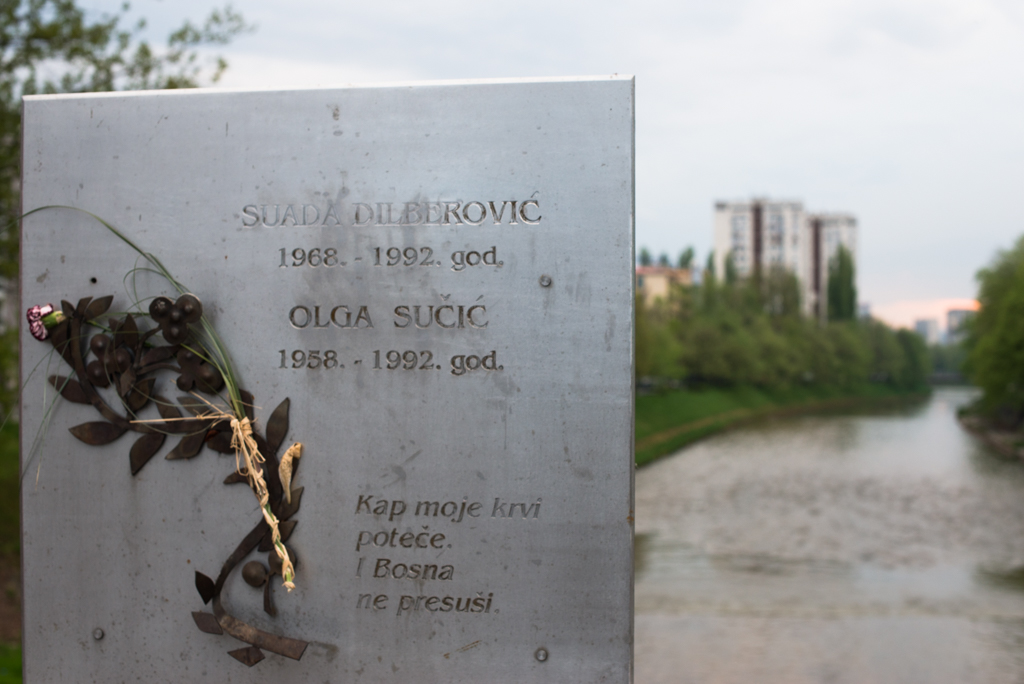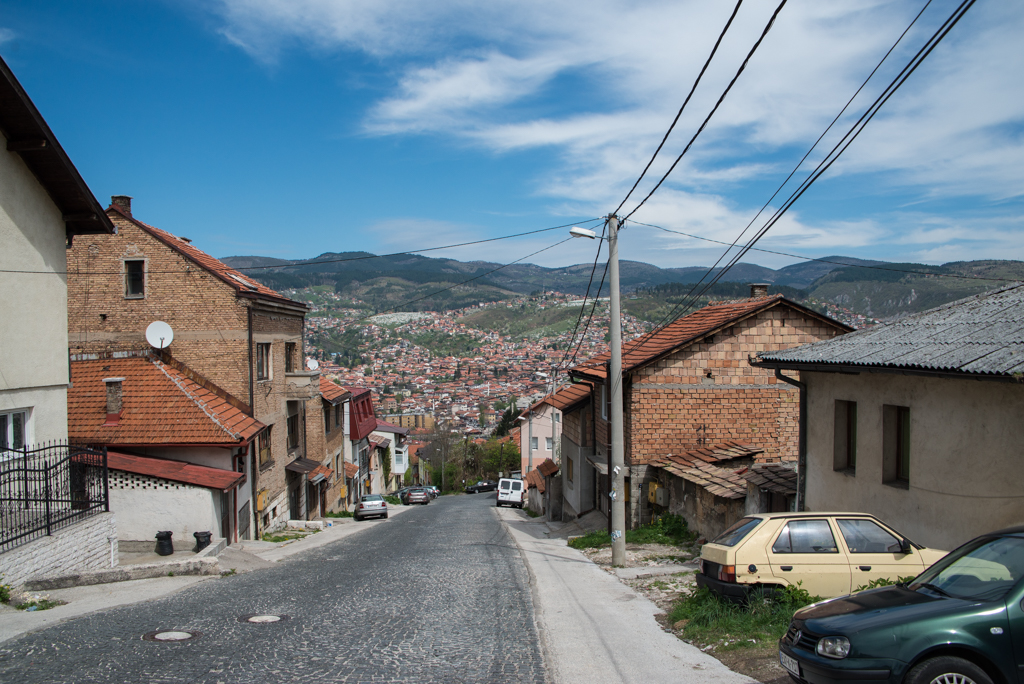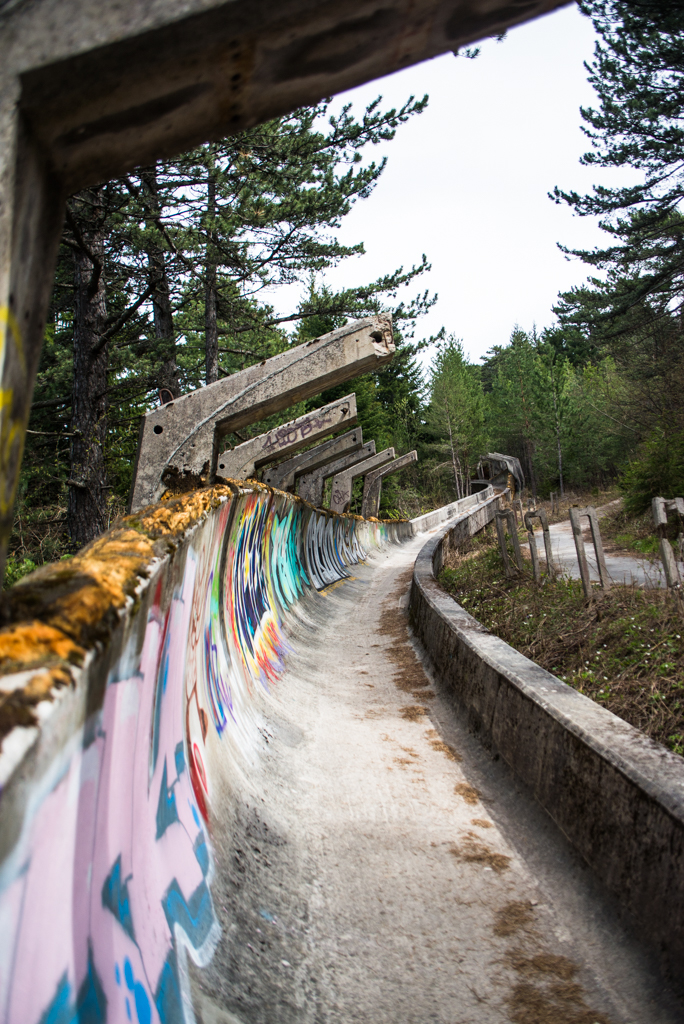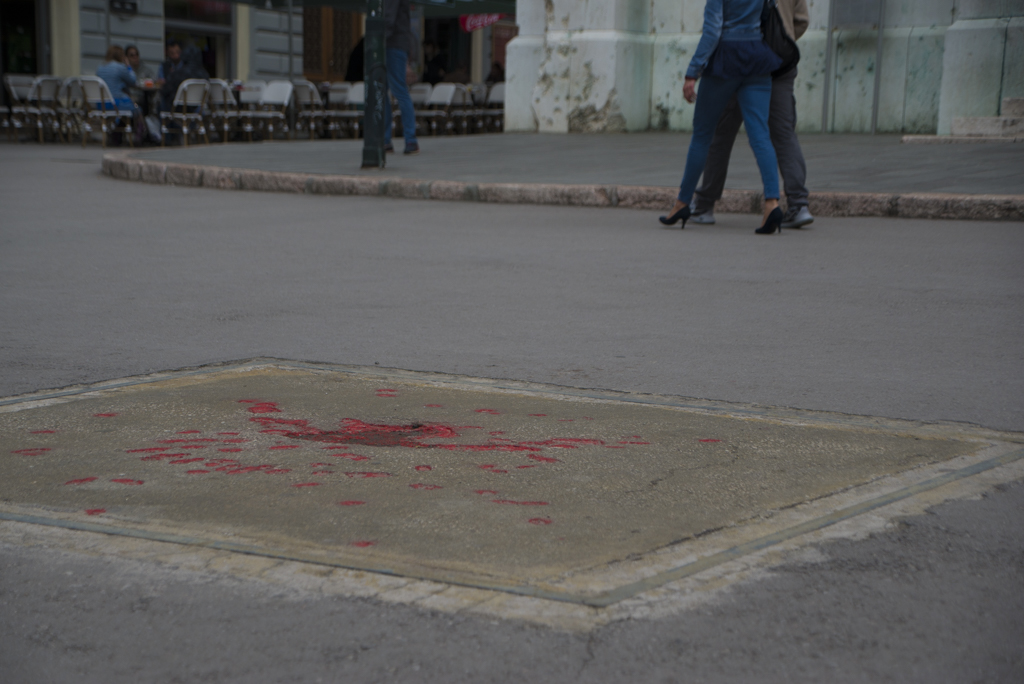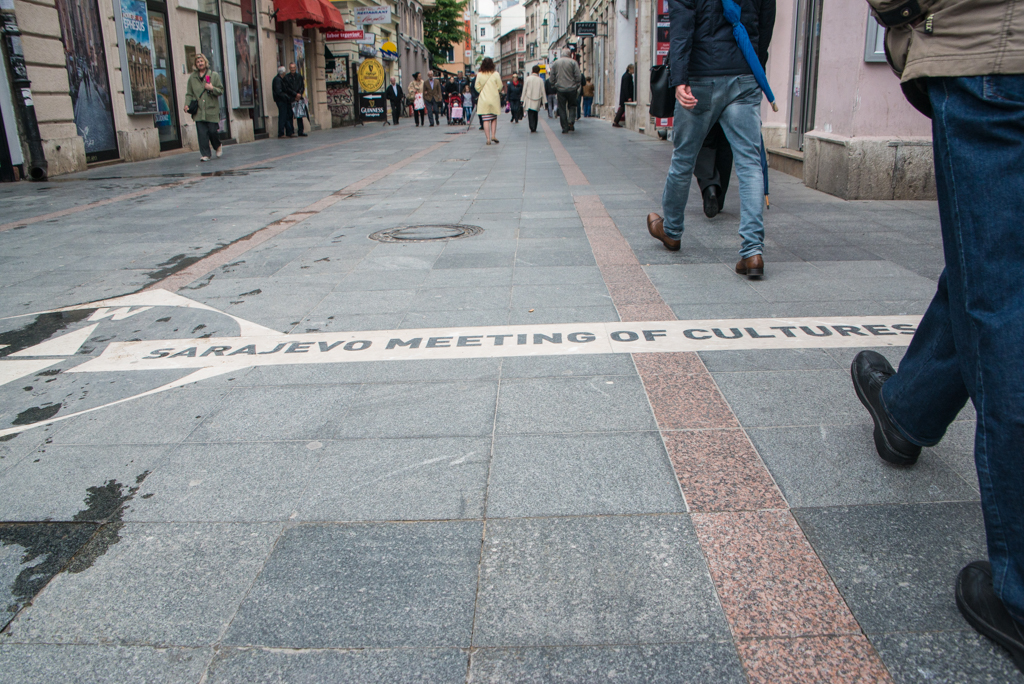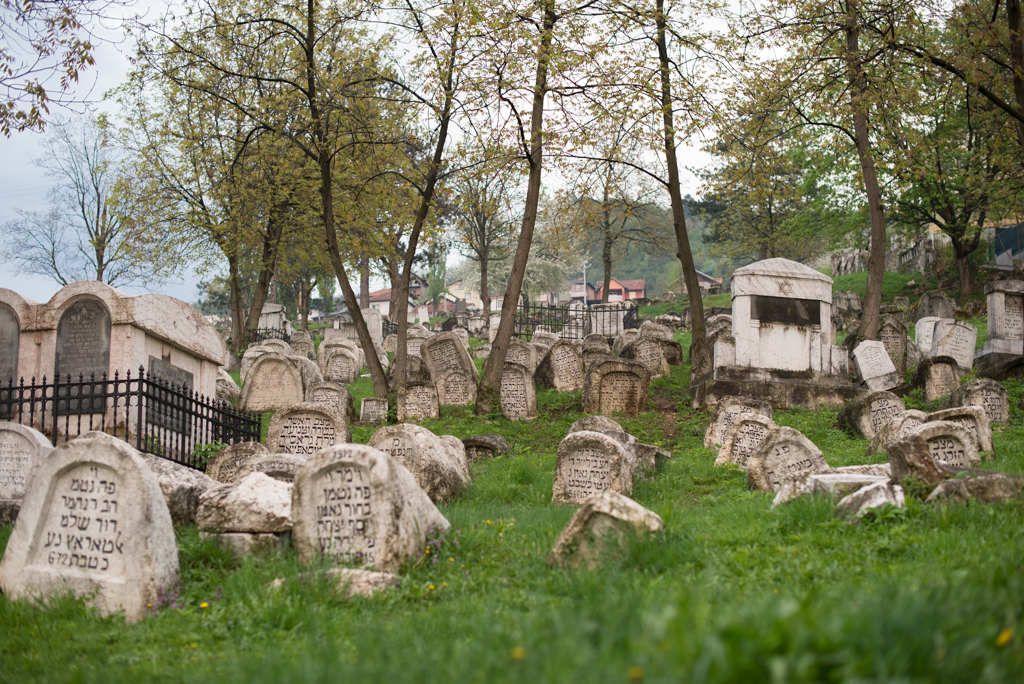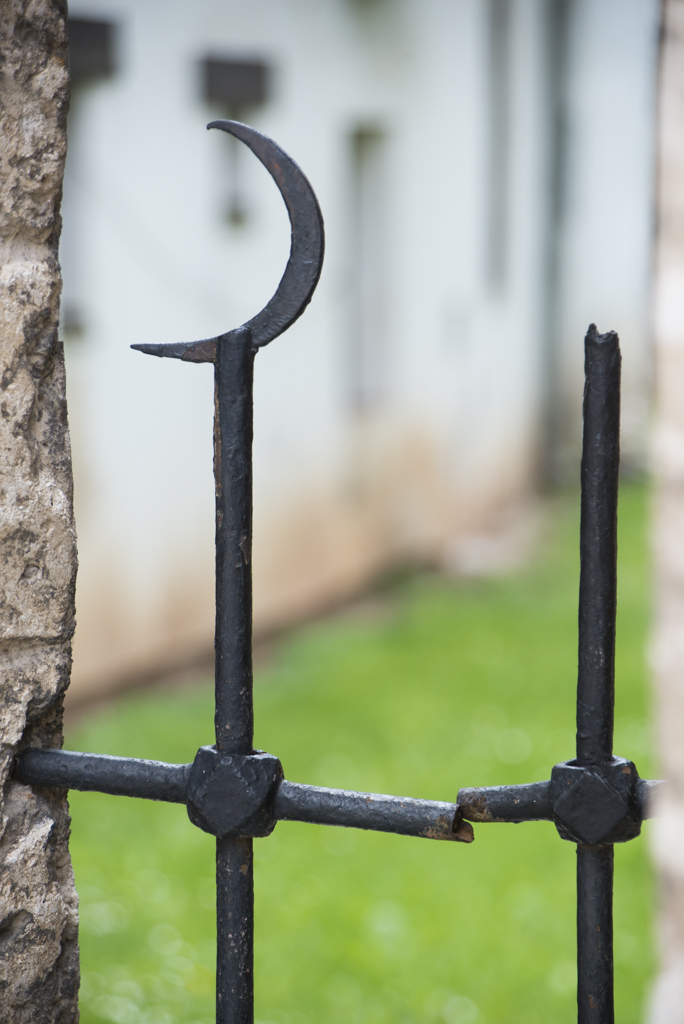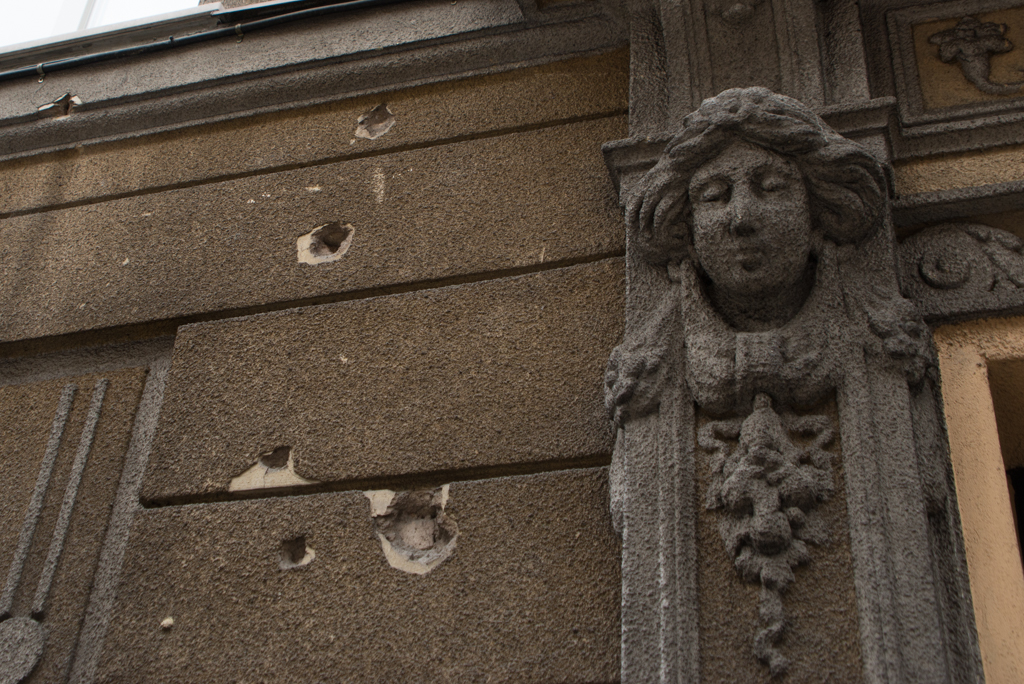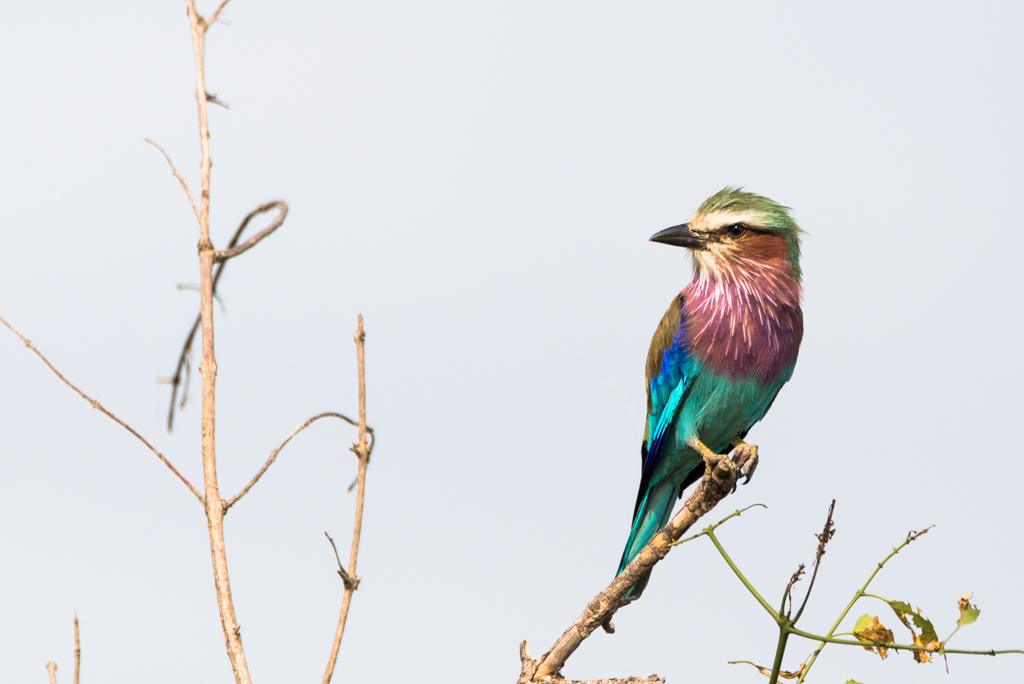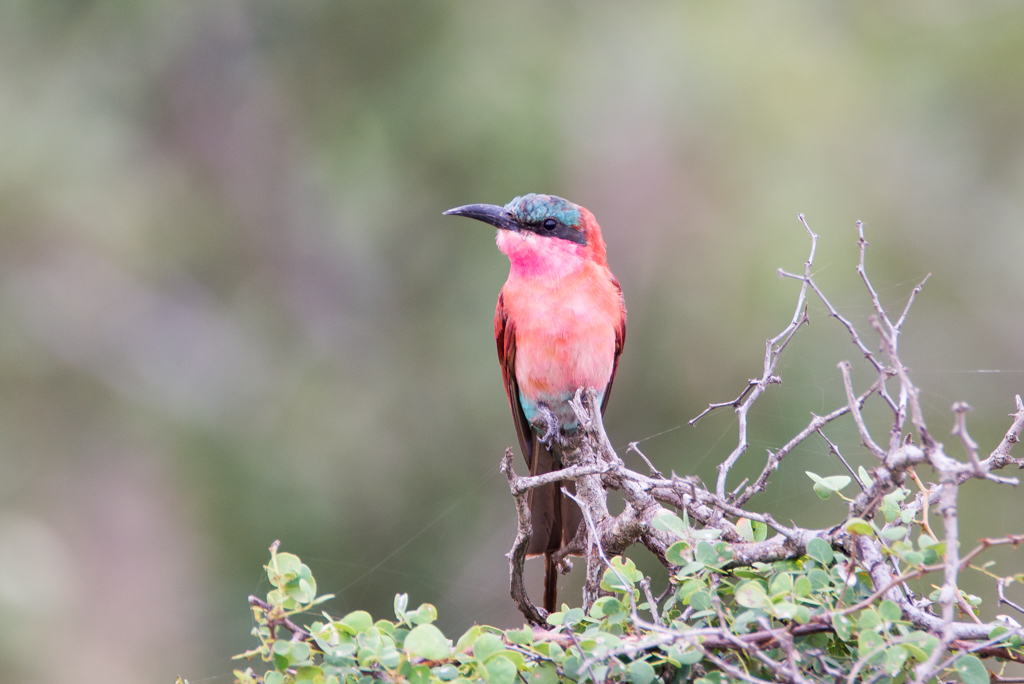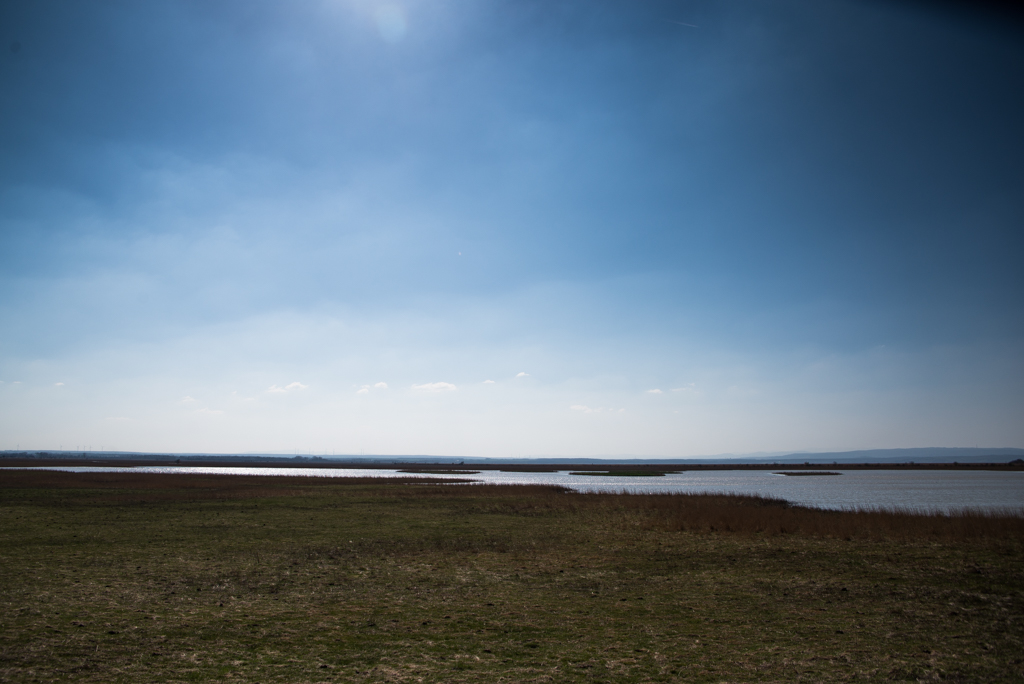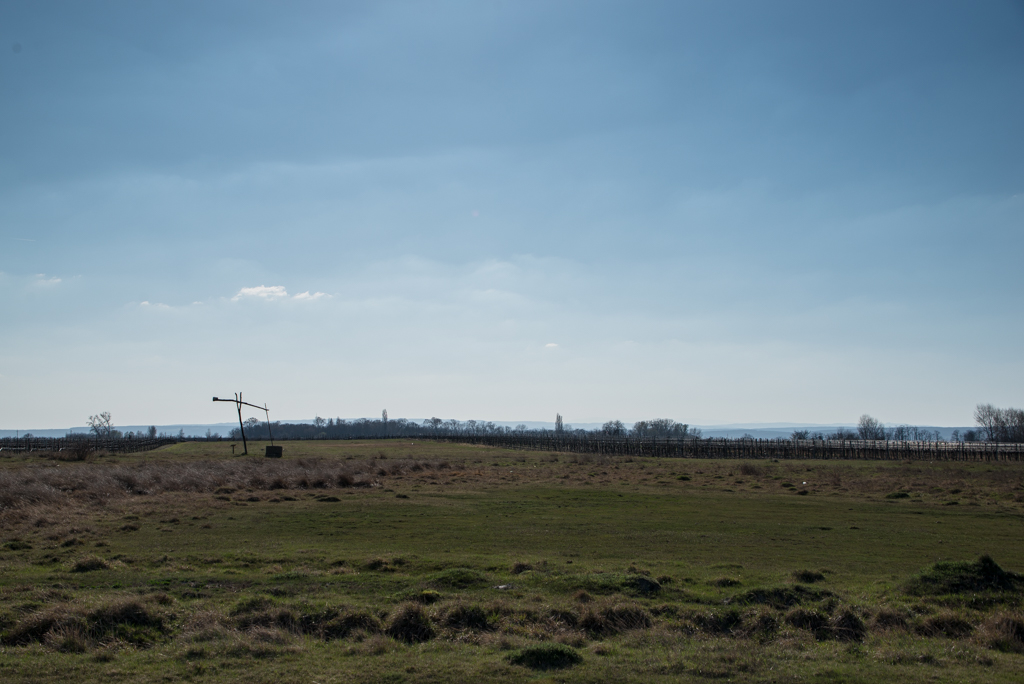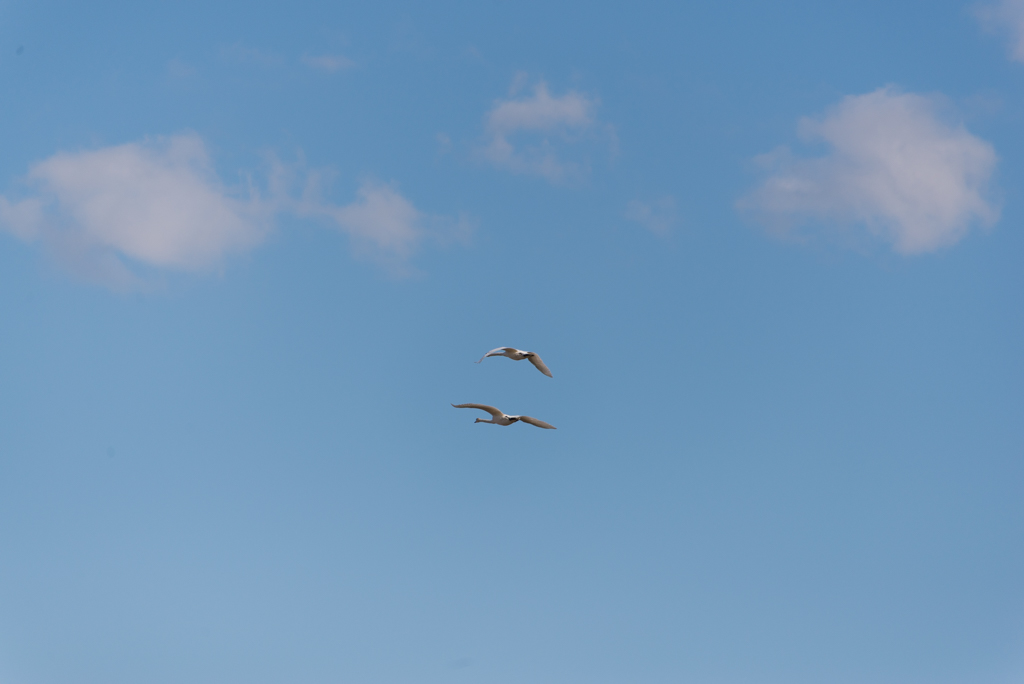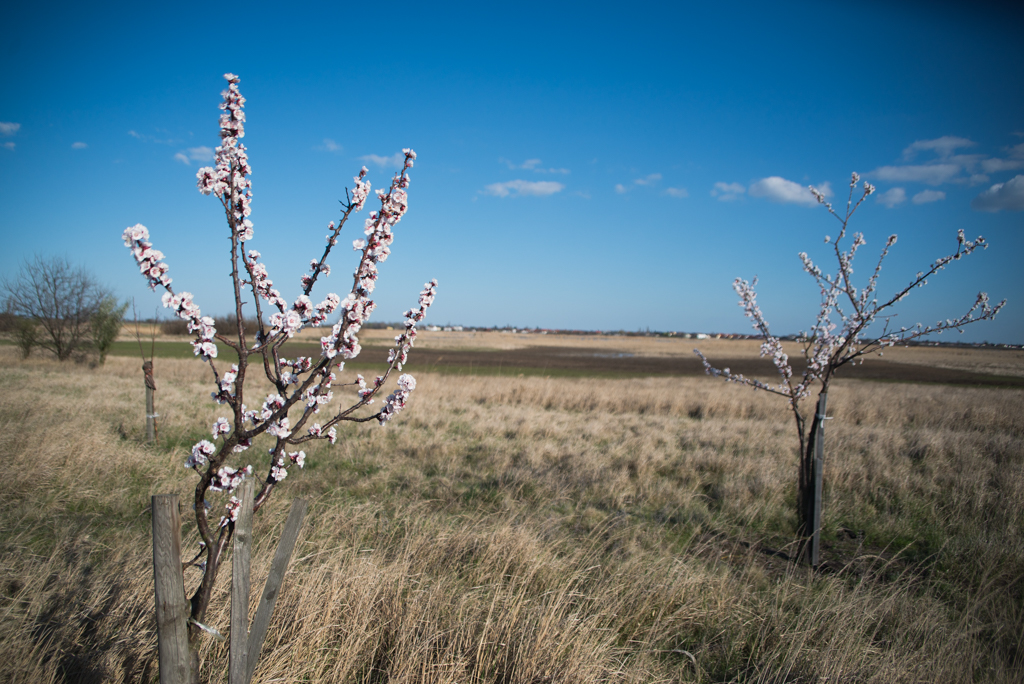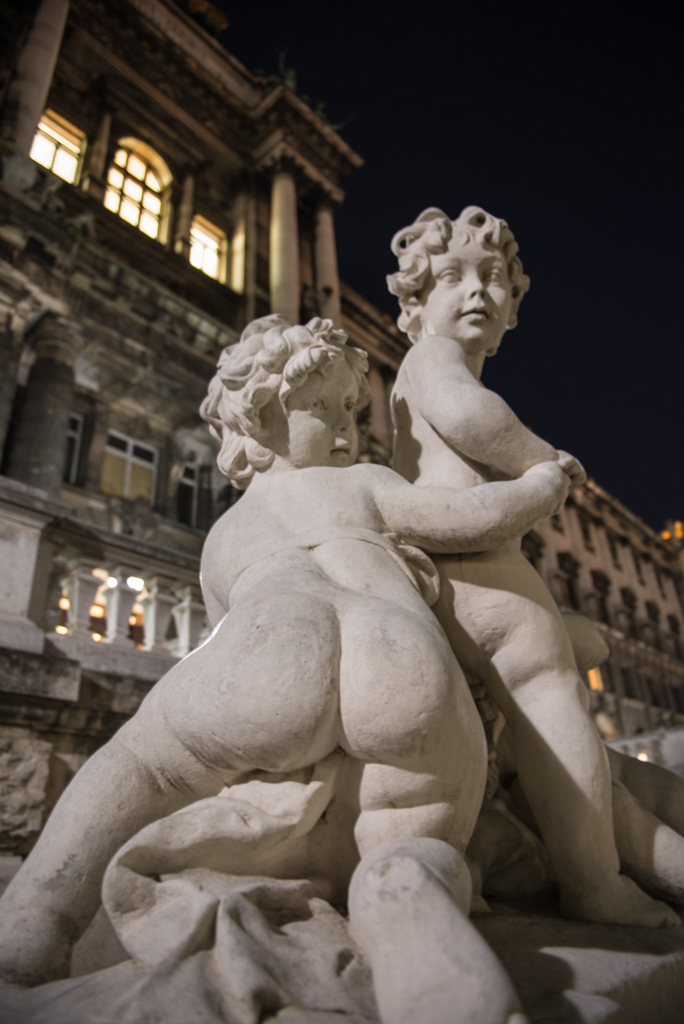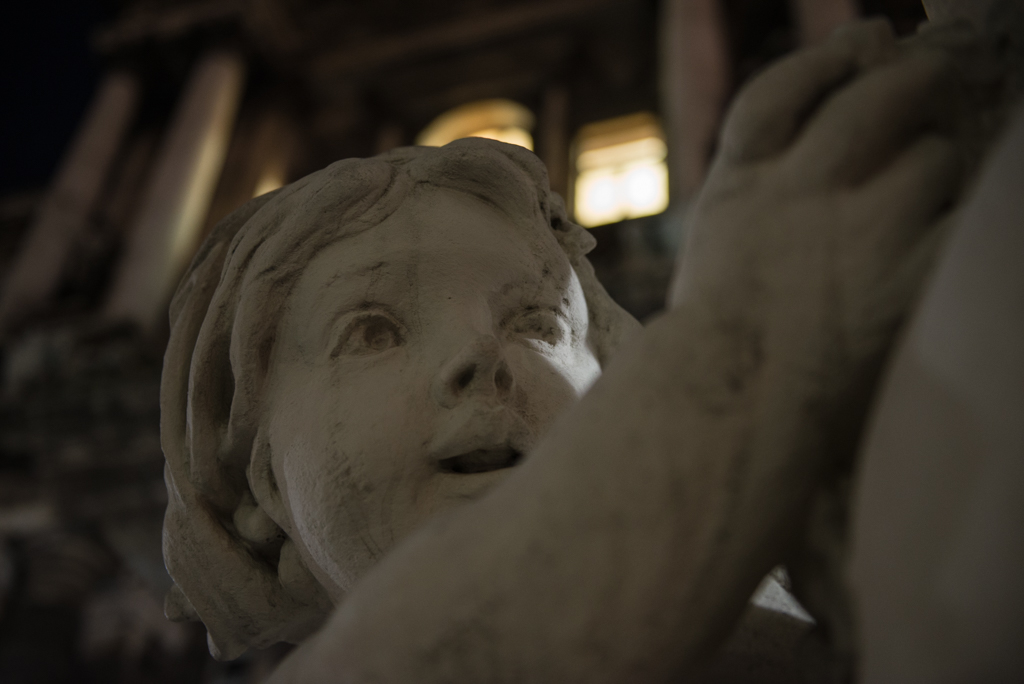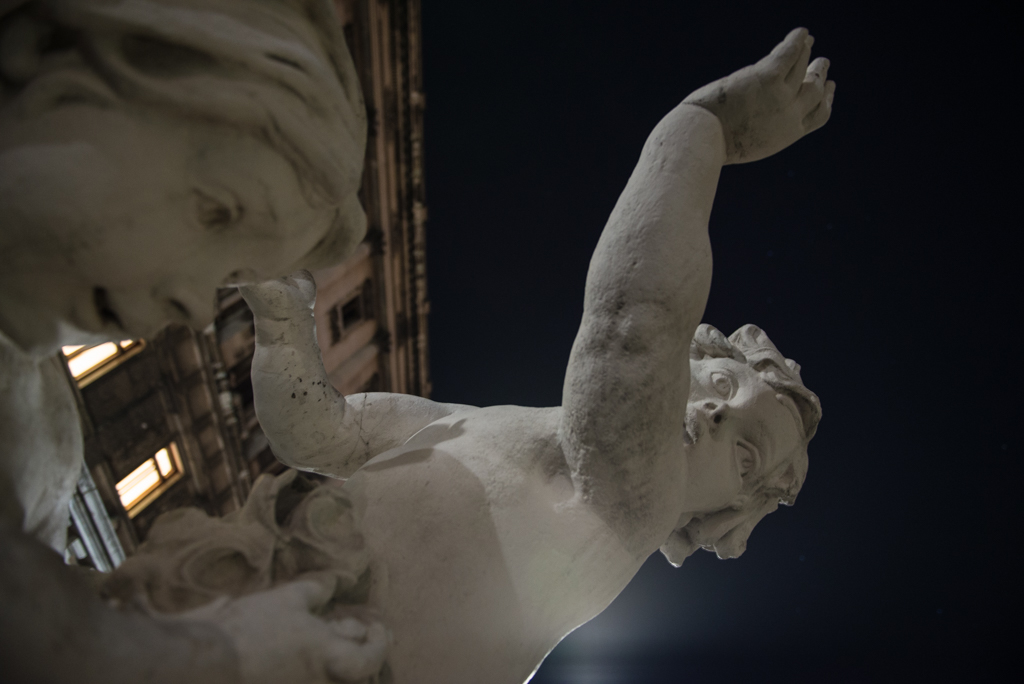
Istanbul straddles two continents. The city is divided by the Strait of Bosphorus, which connects the Mediterranean with the Black Sea, but separates Europe from Asia. The Istanbulites have built three bridges from stone, and many more through their music and poetry.
I woke up one morning.
The sun came up in me.
I turned into birds and leaves
which glittered in the springtime breeze.
I turned into birds and leaves.
My arms and legs were rioting.
I turned into birds and leaves,
birds
and leaves.
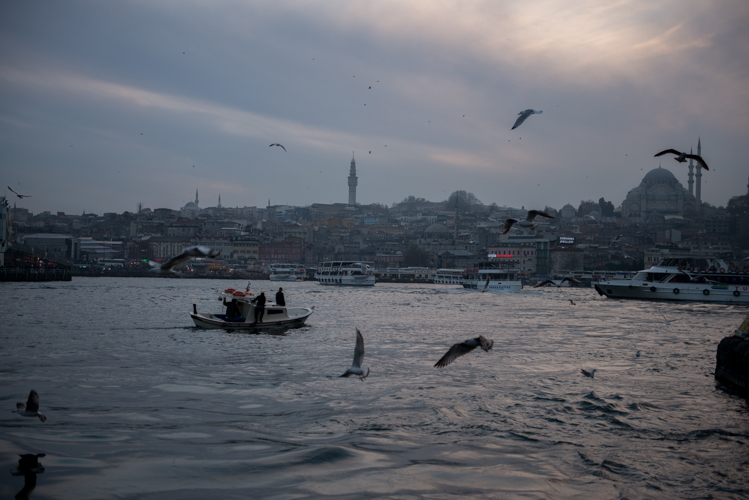
For migratory birds, the Bosphorus is the most important route on their way to their Northern breeding grounds. An estimated million of birds cross the Bosphorus annually. Big-winged soaring birds, like storks and predatory birds, depending on thermal convection and therefore avoiding sea crossings, have turned the city into a birding hot spot, benefiting from Turkey’s scenery of high mountains, marshlands and and humid forests. Camlika Hill, a favorite birding view point on the Anatolian side of Istanbul, was during the Ottoman empire a training ground for birds of prey, like falcons and hawks.

I listen to Istanbul, my eyes closed:
Now the birds are passing
In high clamoring flocks,
Nets are pulled in at the fisheries,
A woman’s feet graze the water;
I listen to Istanbul, my eyes closed.
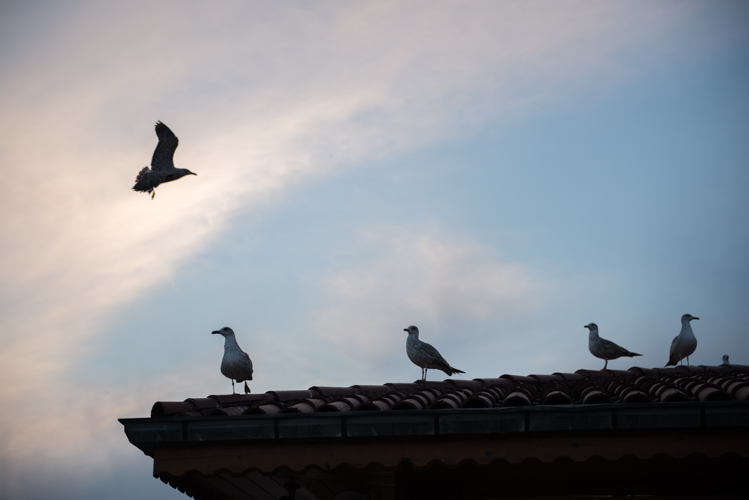
Migration starts with a promise to return. Yet, many birds do not survive the trip to the distant shores. Feeding grounds are dwindling. And many more dangers lurk on their way: The stork was deemed holy by the Ancient Greeks – who punished the killing of a stork with death penalty – and the followers of Islam – they likened its migration to their pilgrimage to Mecca. It is considered a delicacy in Egypt, where it is trapped with nets and limesticks, and killed by the thousands. Little migratory songbirds, who feature on Mediterranean menus as pulenta a osei (Polenta with little birds) in Italy or ambelopoulia in Malta, are illegally trapped and hunted all over the Mediterranean.
Formerly common birds are on the verge of extinction.
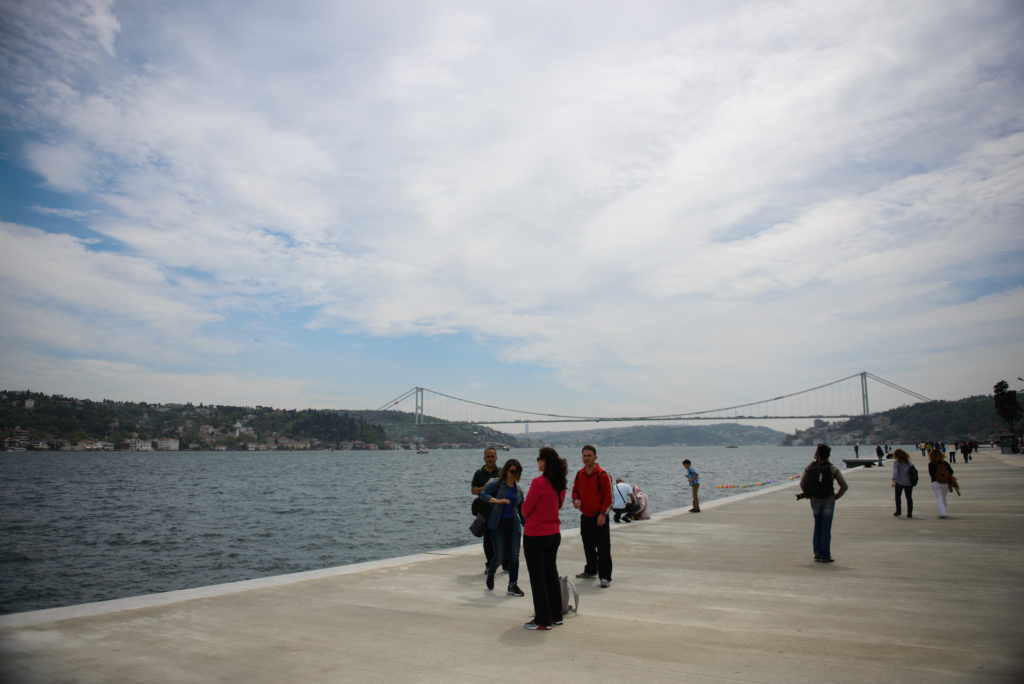
When you’re travelling,
the stars speak to you.
What they say
is often sad.
